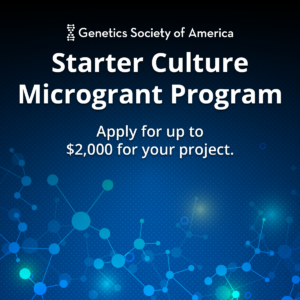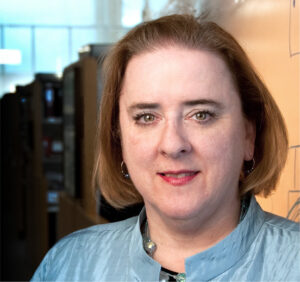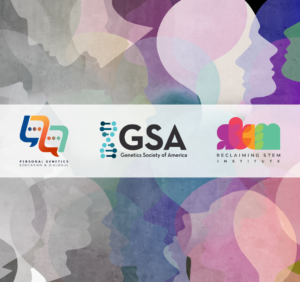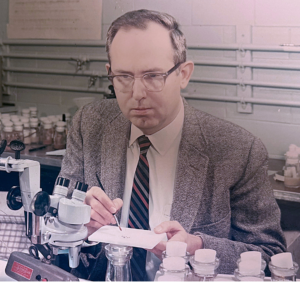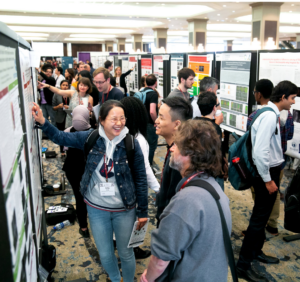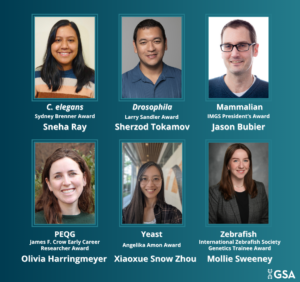Today’s guest post was contributed by Jenny Montooth, a writer and science communicator. Jenny is passionate about using creative and innovative strategies to make complex topics engaging and accessible to wider audiences. You can follow Jenny on LinkedIn.
Artificial intelligence (AI) and machine learning continue to be hot topics in nearly every field, from art to warfare, even rising to the level of a recent White House order that requires AI curriculum to be taught in classrooms in the United States.
In fact, many genomic and genetic researchers and clinicians have already clocked how AI will transform biomedical medicine and patient care. These tools can discover disease-causing genomic variants, predict how certain types of disease advance in the body, and go beyond human capabilities to find patterns in large amounts of genomic data.
In a new study published in GENETICS, researchers from The University of Toronto have created a machine-learning model to find genes that potentially cause autism spectrum disorder (ASD), a neurological and developmental condition that can cause significant social, communication, and behavioral challenges.
ASD is relatively common in the United States, with about one in 36 children receiving a diagnosis. Just as autism is a different experience for each person, so is the journey to diagnosis. While there is significant evidence that genomics plays a role in the development of ASD, there is no one gene that causes it. Research shows there are over 1,000 genes associated with the condition. This complexity makes it difficult for researchers to find these genes with sequencing alone.
To help identify genes that might have the highest risk for developing ASD, researchers have created a machine-learning model called ASiDentify (ASiD). Compared to older machine-learning models, ASiD is faster, easier, and more efficient. While older models need thousands of factors to provide gene predictions, including how genes interact or their function in the brain, ASiD only needs 18 factors.
The data ASiD assesses focuses on gene expression in the brain. This is the process in the body where all of the information coded in a gene is turned into a function. A cell will then read the genetic code written in DNA so it can produce the molecules needed—think of it as an “on/off switch” that controls when and where RNA molecules are made, and then how much of the products are made, almost as if the volume is being adjusted. ASiD looks for how strongly genes are accessed in the brain, how a gene could be damaged by mutations (changes in DNA), and how active a gene is in the brain versus other parts of the body.
Even with much less data than previous models, this newer, simpler machine-learning model turns out to be just as accurate with its predictions. In fact, by using ASiD, researchers have found 1,300 genes possibly related to autism, including 300 that had never been considered before. This machine-learning model can help with future studies to further understand gene mutations that cause ASD and gene functions. Better understanding what causes ASD can lead to more tailored diagnoses and treatments and can also help shape future studies that get accurate results for genomic mutations with significantly less data, all while continuing to improve future studies to come.
References
ASiDentify (ASiD): a machine learning model to predict new autism spectrum disorder risk genes
Katherine M. Rynard, Kara Han, Michael Wainberg, John A. Calarco, Hyun O. Lee, Howard D. Lipshitz, Craig A. Smibert, Shreejoy J. Tripathy
GENETICS. May 2025. 230(1).
DOI: 10.1093/genetics/iyaf040







